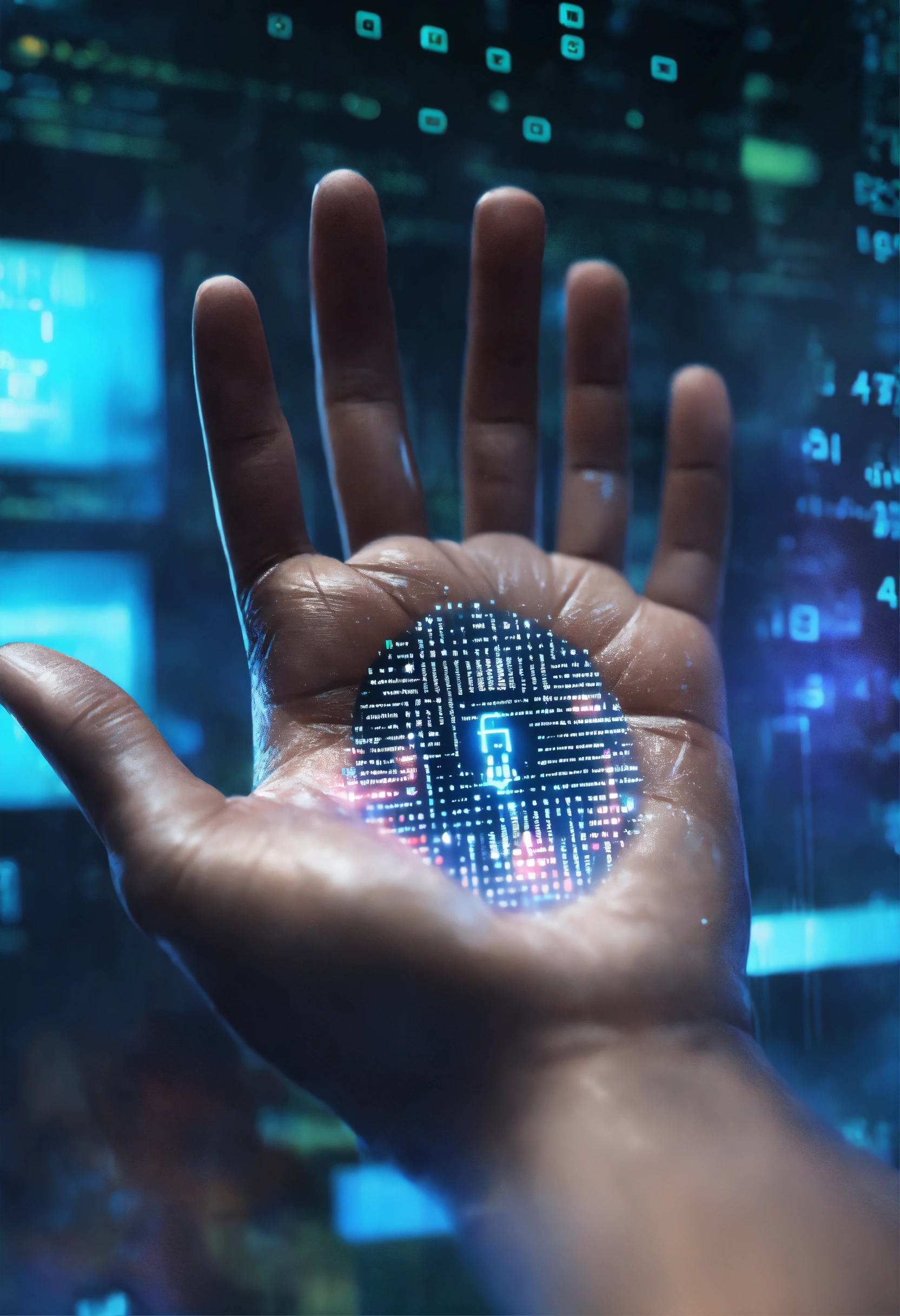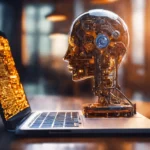As cyber threats become more sophisticated and frequent, traditional security methods are no longer enough to protect businesses and individuals. Artificial Intelligence (AI) is now playing a crucial role in detecting, preventing, and responding to cyberattacks faster and more efficiently than ever before.
In 2025, AI-driven cybersecurity solutions are helping companies and individuals stay ahead of hackers, malware, phishing attacks, and ransomware threats. Let’s explore how AI is revolutionizing cyber defense strategies.
1. AI-Powered Threat Detection: Identifying Cyber Threats in Real-Time
Traditional cybersecurity systems rely on predefined rules and signatures to detect threats, but AI-powered security systems take it to the next level by:
✅ Analyzing large volumes of data to detect unusual behavior.
✅ Recognizing new and unknown threats before they cause harm.
✅ Predicting cyberattacks using advanced machine learning algorithms.
Companies like IBM, Microsoft, and Palo Alto Networks use AI-driven threat detection to prevent data breaches before they happen.
2. AI in Phishing Detection: Stopping Scams Before They Happen
Phishing attacks remain one of the biggest cybersecurity threats, tricking users into providing sensitive information. AI is combating phishing scams by:
✅ Scanning emails and messages for suspicious links and content.
✅ Detecting fake websites that mimic legitimate ones.
✅ Blocking phishing attempts in real-time, reducing human error.
AI-powered cybersecurity tools like Google Safe Browsing and Microsoft Defender are improving phishing detection to protect users from online fraud.
3. AI in Ransomware Protection: Stopping Attacks Before Data is Encrypted
Ransomware attacks are increasing, locking users out of their files until a ransom is paid. AI helps prevent ransomware by:
✅ Monitoring unusual file activity, such as mass encryption attempts.
✅ Isolating infected devices to prevent the spread of malware.
✅ Restoring affected files using AI-driven backup solutions.
Cybersecurity companies like CrowdStrike and SentinelOne use AI to protect businesses from ransomware attacks.
4. AI-Driven Automated Incident Response
When cyberattacks occur, responding quickly and effectively is crucial. AI-powered security systems help by:
✅ Detecting security breaches instantly and triggering automated responses.
✅ Blocking suspicious activities before they cause damage.
✅ Investigating security incidents, reducing the burden on human analysts.
AI-based tools like Cortex XDR and IBM QRadar automate cybersecurity incident responses, ensuring faster and smarter decision-making.
5. AI in Network Security: Preventing Unauthorized Access
AI is improving network security by identifying unauthorized access attempts and preventing intrusions. AI-based systems can:
✅ Monitor network traffic for unusual activity.
✅ Detect insider threats, such as employees misusing company data.
✅ Use behavioral analysis to identify potential cybercriminals.
Companies like Cisco and Fortinet are using AI to strengthen network security defenses.
6. AI in Fraud Prevention: Protecting Online Transactions
Online fraud is a growing concern, especially in banking, e-commerce, and cryptocurrency transactions. AI-powered fraud detection helps by:
✅ Analyzing transaction patterns to detect suspicious activities.
✅ Identifying fake accounts and fraudulent transactions in real time.
✅ Reducing false positives, ensuring legitimate users aren’t blocked.
Financial institutions like Visa, Mastercard, and PayPal use AI-powered security to prevent online fraud.
7. AI in Identity Verification: Enhancing Digital Security
With the rise of deepfake technology and identity theft, AI is improving digital identity verification through:
✅ AI-powered facial recognition for secure logins.
✅ Biometric authentication, using fingerprints and voice recognition.
✅ AI-based document verification, detecting forged IDs and fake credentials.
Companies like ID.me, Clear, and Jumio use AI-driven identity verification to enhance security in online transactions.
8. AI-Powered Antivirus Software: Smarter Malware Detection
Traditional antivirus software relies on predefined virus databases, but AI-driven solutions go beyond that by:
✅ Detecting new and evolving malware that traditional methods miss.
✅ Using machine learning to recognize malware patterns.
✅ Blocking zero-day attacks before they exploit system vulnerabilities.
AI-powered antivirus software like Norton, Bitdefender, and McAfee provides better protection against cyber threats.
9. AI in Cloud Security: Protecting Data in the Cloud
As more businesses move to cloud-based services, AI is ensuring better cloud security by:
✅ Monitoring cloud storage and access logs for suspicious activities.
✅ Detecting misconfigured cloud settings, preventing data leaks.
✅ Automatically encrypting sensitive data to prevent unauthorized access.
Cloud security providers like AWS, Google Cloud, and Microsoft Azure integrate AI-driven security features to protect sensitive data.
10. The Future of AI in Cybersecurity
By 2030, AI-powered cybersecurity will become even more advanced, with features like:
✅ Autonomous AI-driven security teams, reducing human intervention.
✅ Quantum AI security, capable of preventing quantum computing-based cyberattacks.
✅ AI-powered deception technology, tricking hackers into revealing their methods.
✅ Fully automated cybersecurity operations, eliminating manual security management.
As cyber threats become more advanced, AI-driven security solutions will be the key to staying ahead of cybercriminals.
Conclusion: AI is the Future of Cybersecurity
Artificial intelligence is revolutionizing cybersecurity by detecting and preventing cyber threats faster and more effectively than ever before. From AI-driven threat detection and fraud prevention to automated incident response and cloud security, AI is making the digital world safer and more secure.










